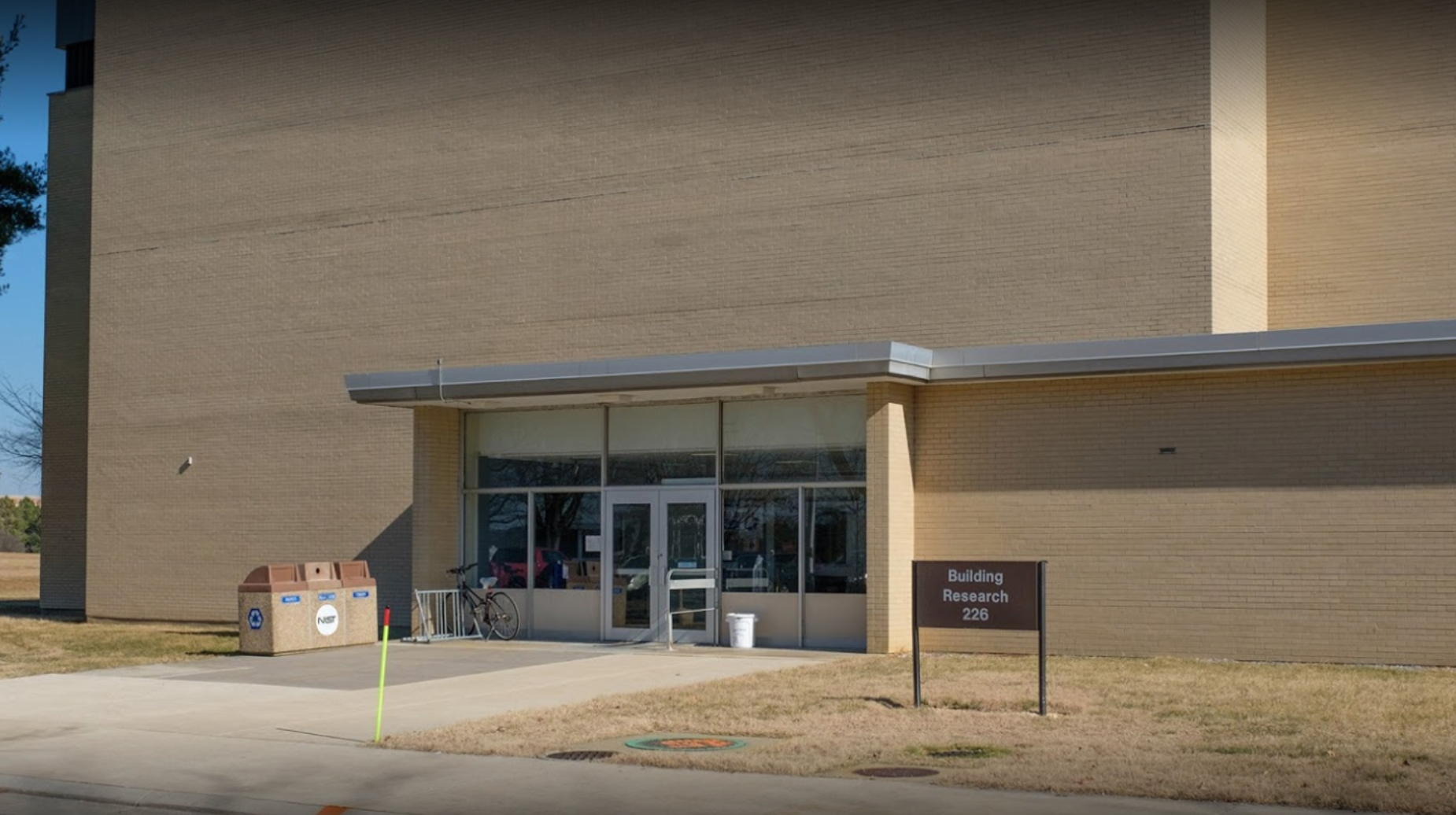Department of Commerce National Institutes of Health

Department of Commerce (DOC) National Institution of Standards and Technology (NIST) Building 226 Design and Installation of the Intelligent Building Agents Research Laboratory
This project was for the design and installation of the Intelligent Building Agents Research Laboratory for the Department of Commerce at the National Institution of Standards and Technology in Gaithersburg, Maryland. The Intelligent Building Agent Laboratory involved the installation of a scaled down Heating, Ventilation, and Air Conditioning (HVAC) system in room A122 of Building 226. Serving as the laboratory research apparatus, the HVAC system was designed to simulate larger commercial HVAC systems and facilitate the research and development of advanced HVAC automation and controls technology.
The objective of the project was to provide and install a laboratory-scale version of a commercial HVAC system. The purpose of the system was for conducting scientific research and the development of advanced HVAC automation and controls technology. The scaled-down system cooling capacity was approximately 20-tons and arranged in such a manner to simulate a fully operational heating and cooling VAV system. This system will be used to research and develop a novel energy management method for real life commercial HVAC applications. The system design was arranged in such a manner that all system components (with exception of the ice tank) fit within the allocated laboratory space.
Room A122 of Building 266 is a high bay space of approximately 50’ long and 20’ wide and approximately 20’ high. Meltech completed the fabrication and installation of a mezzanine to increase the amount of usable area in the space. Personal access to the mezzanine level was provided via a single flight of stairs integrated into the mezzanine design. Meltech also installed a two-ton overhead crane for lifting material and equipment between the mezzanine and the floor levels.


